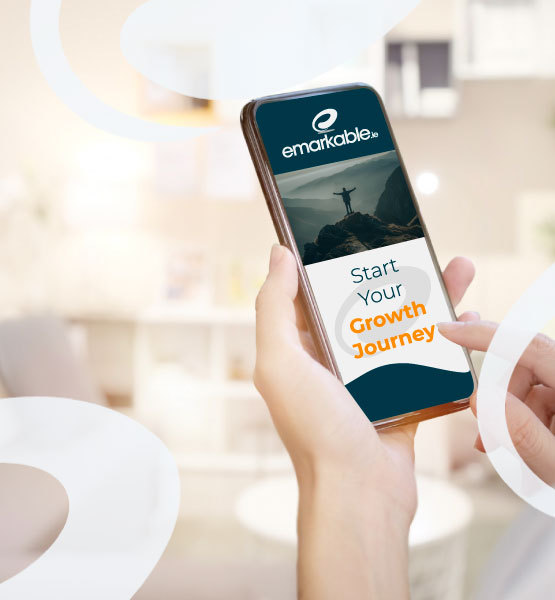Microsites – When to Use Them and Why They Are Critical to Your Success
They have been used for years at this point to drive sales, bolster conversions, and generally improve online success, but many business owners and decision makers remain unsure of what microsites are and when they should be employed. The good news is that they’re not all that difficult to understand and they can be employed in many different use cases.
What’s a Microsite?
According to Dictionary.com, a microsite is “an auxiliary website with independent links and address that is accessed mainly from a larger site”. Wikipedia defines it as “an individual web page or small cluster of pages which are meant to function as a discrete entity within an existing website or to complement an offline activity”. Neither of those definitions is all that clear, so let’s sum things up.
A microsite is a standalone website that is connected to your brand but has its own domain name. It will also have its own unique content and design. They are often used to help drive targeted traffic to a larger website and can play a critical role in digital marketing campaigns. They can also be used to establish thought leadership, and they can help a business reach a target audience that differs from their regular audience or achieve goals that their main business website cannot.
At this point, you might be wondering why anyone would use a microsite, because landing pages allow you to do the same things, right? Not in all cases. While landing pages and microsites are similar, they are not identical, and they are used to achieve different goals. Landing pages are super-focused on getting users to take a particular action, whereas microsites have a broader focus.
Microsites can include multiple pages, can be designed for a specific marketing campaign, are generally smaller than parent websites, and are often temporary in nature. However, sometimes microsites can stick around for quite a while. It all depends on what you’re using it to achieve. So, when should you use microsites?
Reaching a Separate Audience/Goal
 Your main website is one of the most powerful marketing tools at your disposal. It also requires a lot of resources, including time and money. It makes sense to change it as little as possible, as doing so risks diluting your established trust and authority. So, what do you do if you’re trying to reach a different audience, or achieve a goal that your main website is not well suited for? A microsite could be ideal.
Your main website is one of the most powerful marketing tools at your disposal. It also requires a lot of resources, including time and money. It makes sense to change it as little as possible, as doing so risks diluting your established trust and authority. So, what do you do if you’re trying to reach a different audience, or achieve a goal that your main website is not well suited for? A microsite could be ideal.
An excellent example of how this might work is blogging. Maintaining a blog and publishing fresh content regularly allows you to inform your audience, establish expertise and leadership in your industry, and build an audience. It is also an important part of moving people through your sales funnel. However, your blogging voice may not tie in well with your parent website’s style or tone. In this case, having a microsite that acts as a blog allows you to connect the two without creating any dissonance.
Promoting a Different Brand
 Another instance in which a microsite might be beneficial is in promoting a different brand than what you usually do through your parent site. For instance, if you are developing or promoting a brand that has a completely different logo, uses a dramatically different colour palette, or is intended for a completely different audience, then a microsite can allow you to achieve those goals without diluting the message of your parent website.
Another instance in which a microsite might be beneficial is in promoting a different brand than what you usually do through your parent site. For instance, if you are developing or promoting a brand that has a completely different logo, uses a dramatically different colour palette, or is intended for a completely different audience, then a microsite can allow you to achieve those goals without diluting the message of your parent website.
A good example of this would be an entertainment company. The parent website would be home to the main brand, and microsites could be used to market entertainment products to specific age groups or demographics.
Unique SEO/Metrics
While Google Analytics allows you to delve into a wide range of SEO factors and metrics with your parent website, you may find it necessary to use a microsite if you are targeting very specific keywords or other metrics. This allows you to better manage the customer journey and ensure that you’re delivering the right user experience. You can track traffic patterns, referral metrics, engagement metrics, conversions, and a great deal more.





